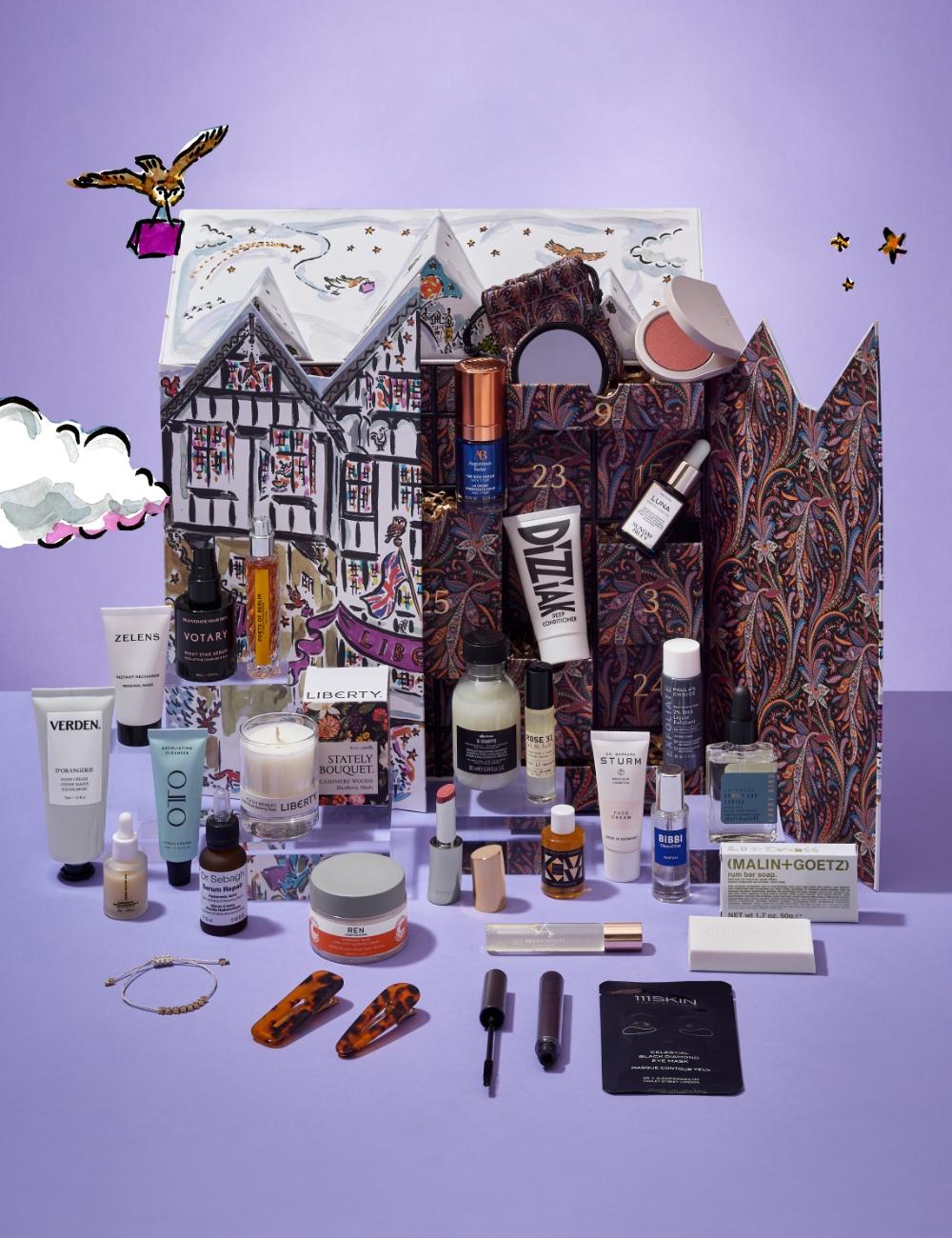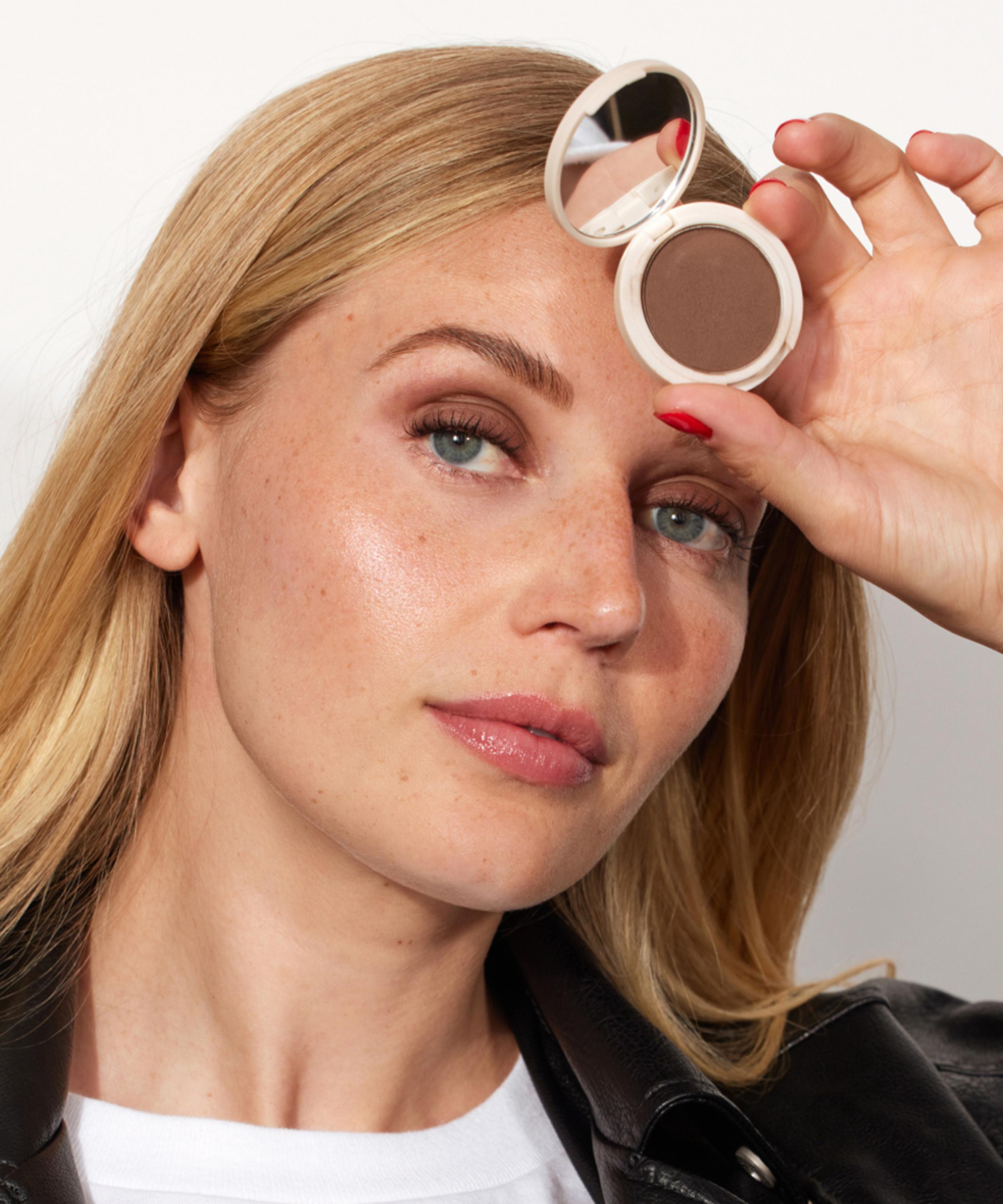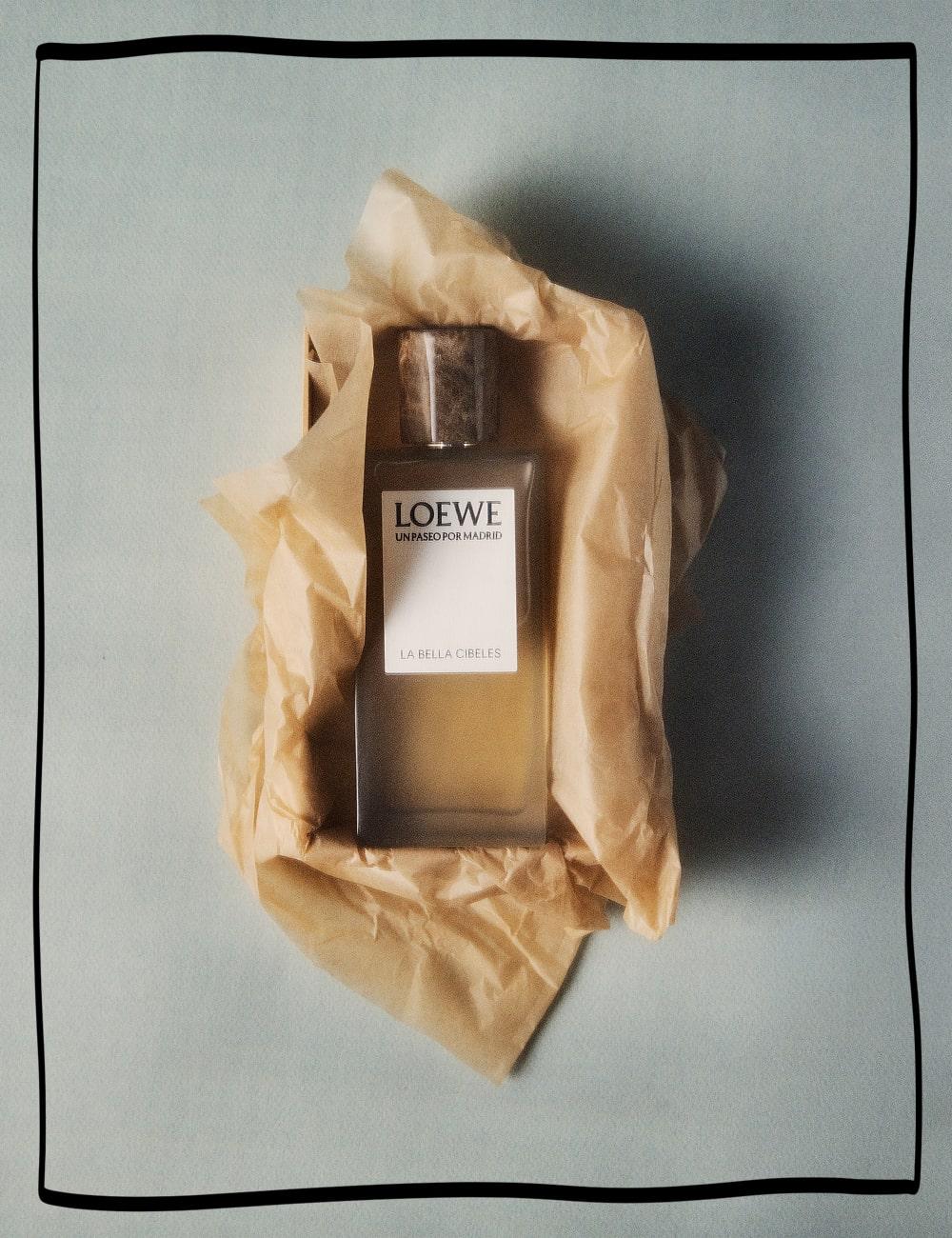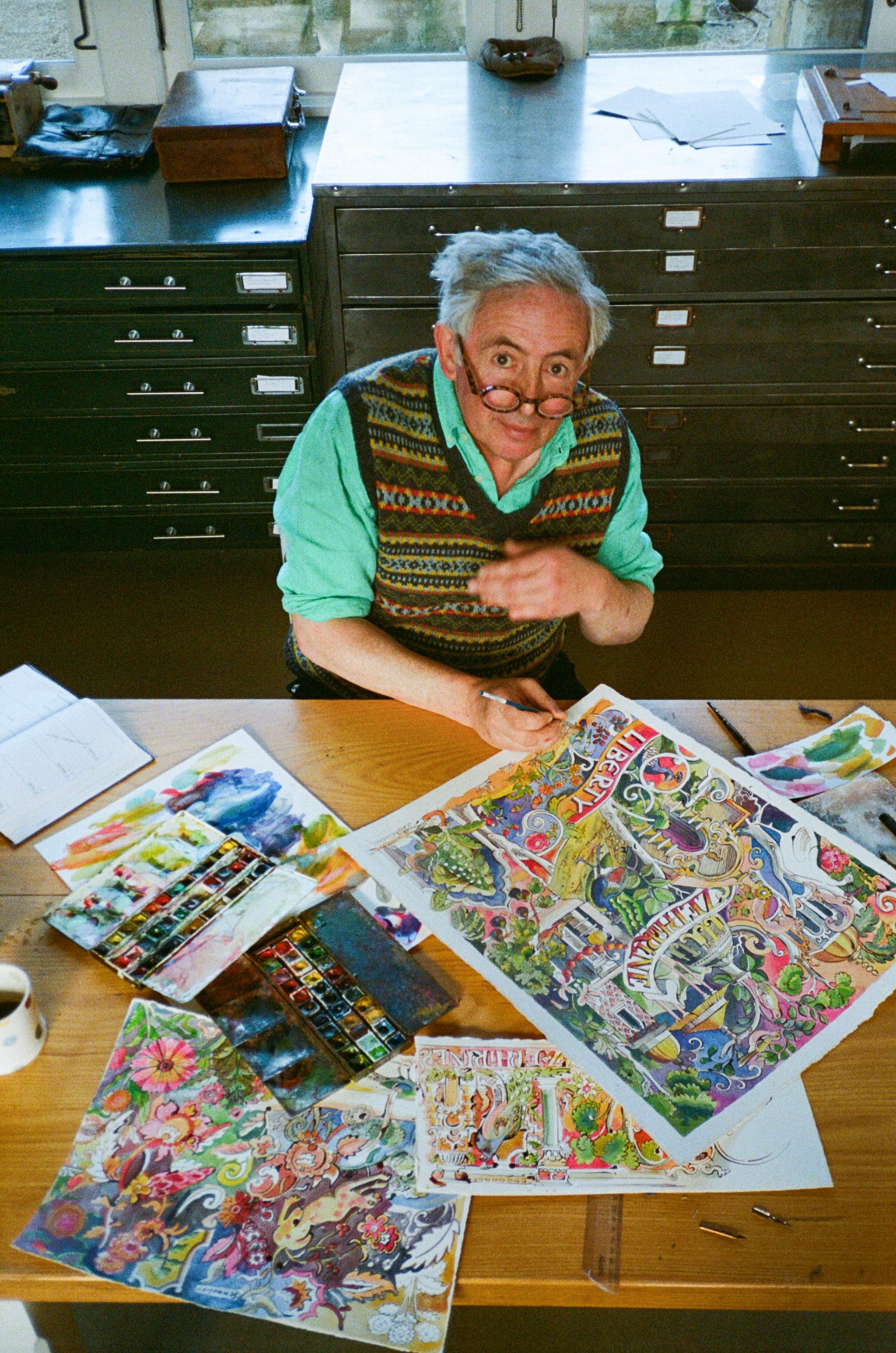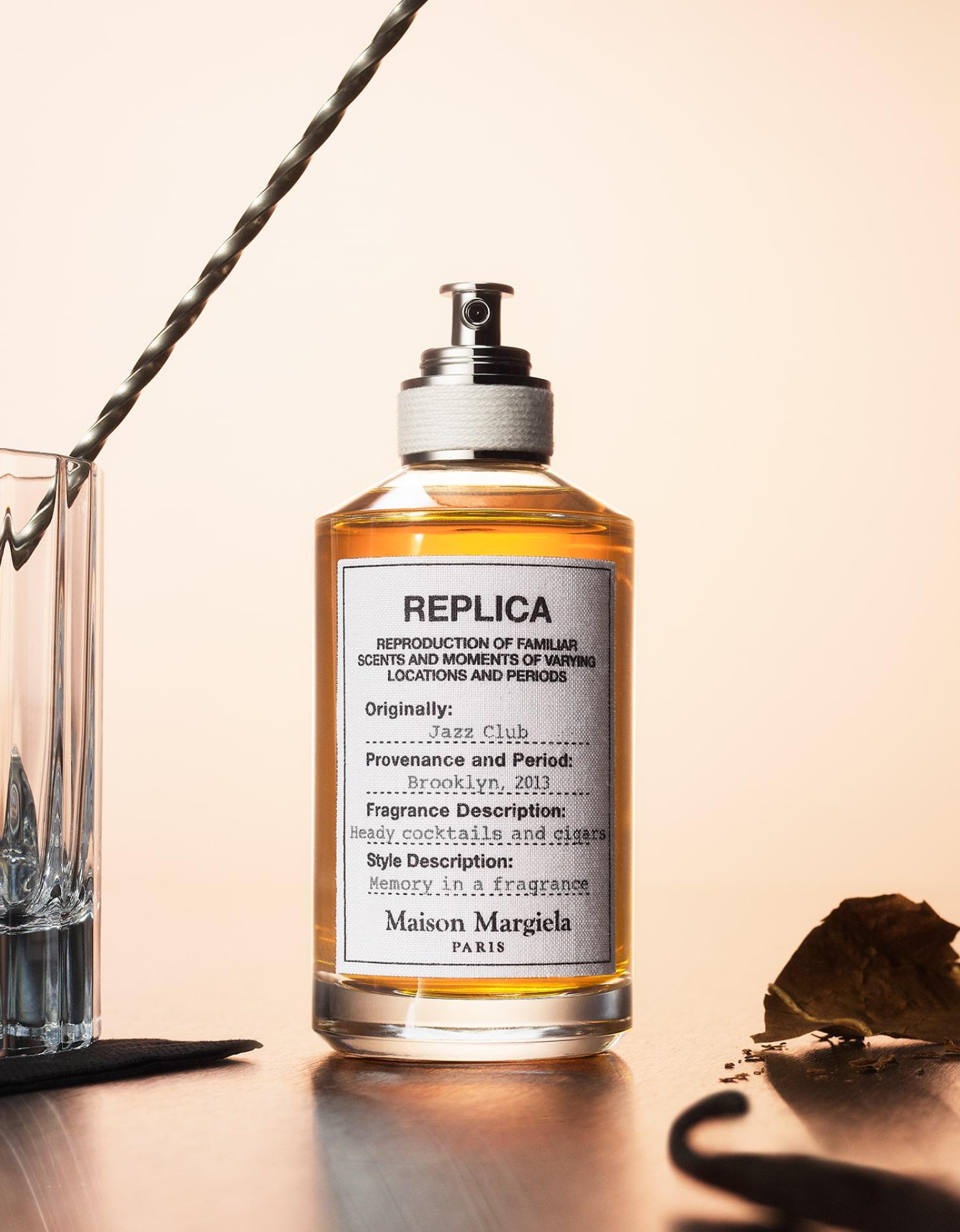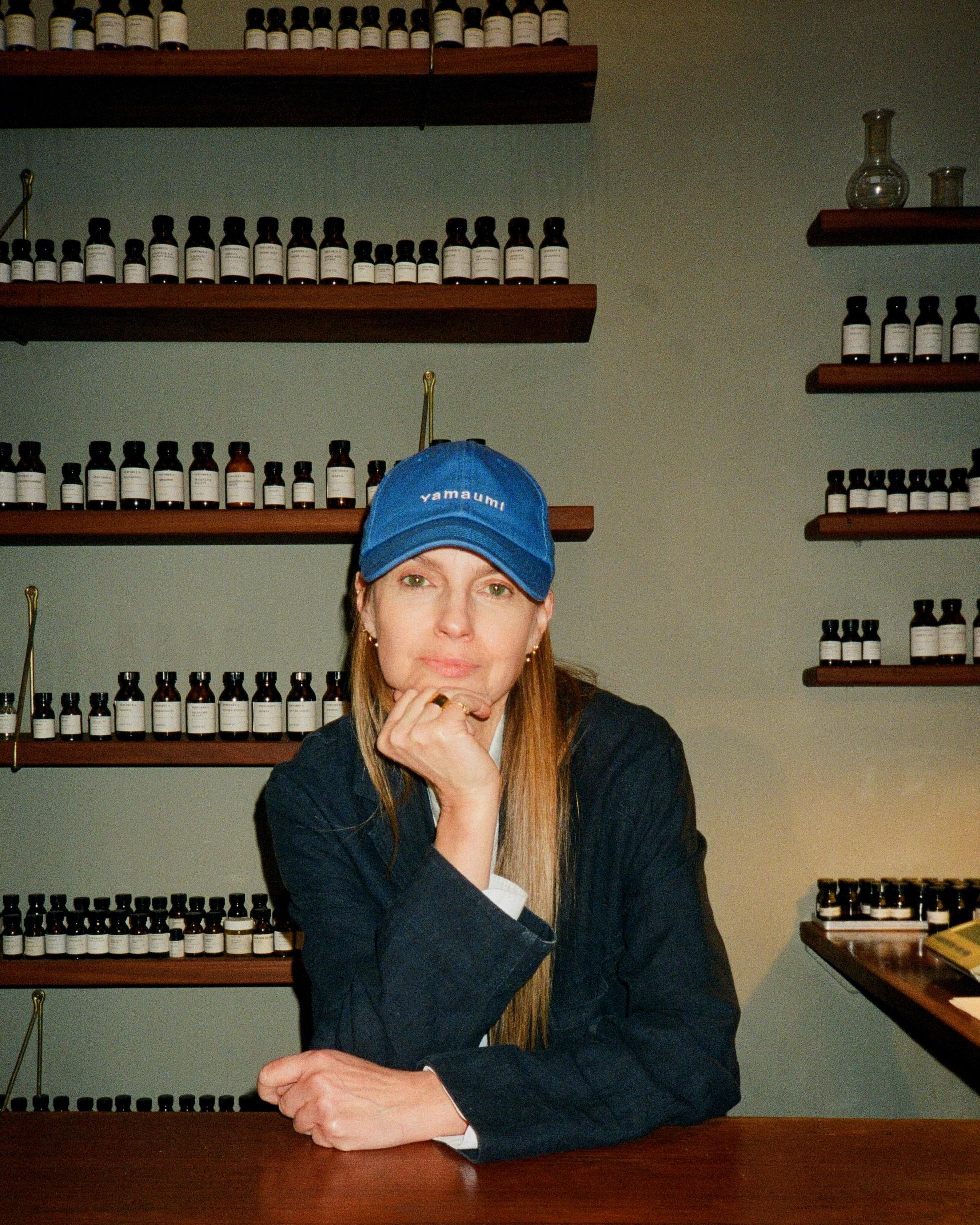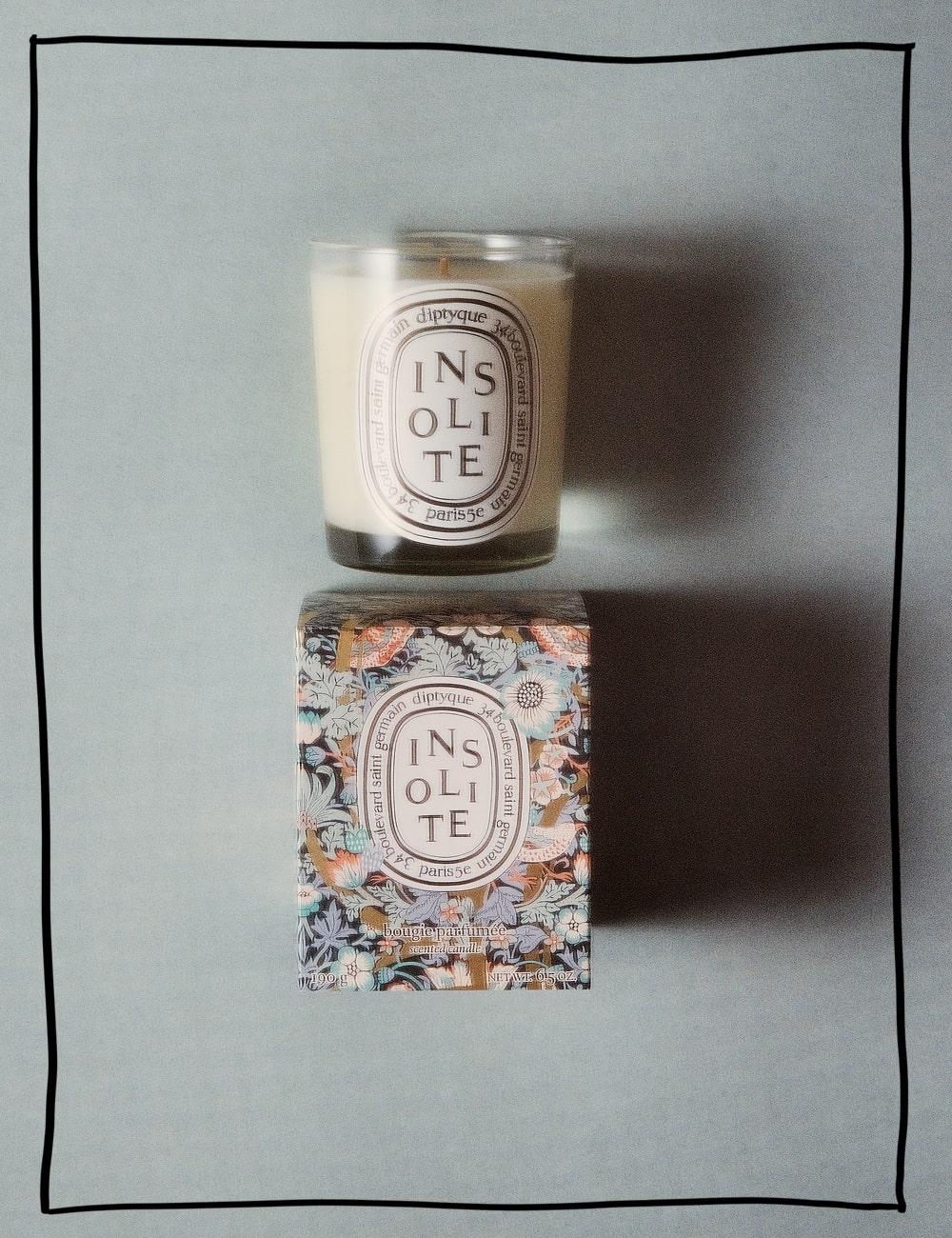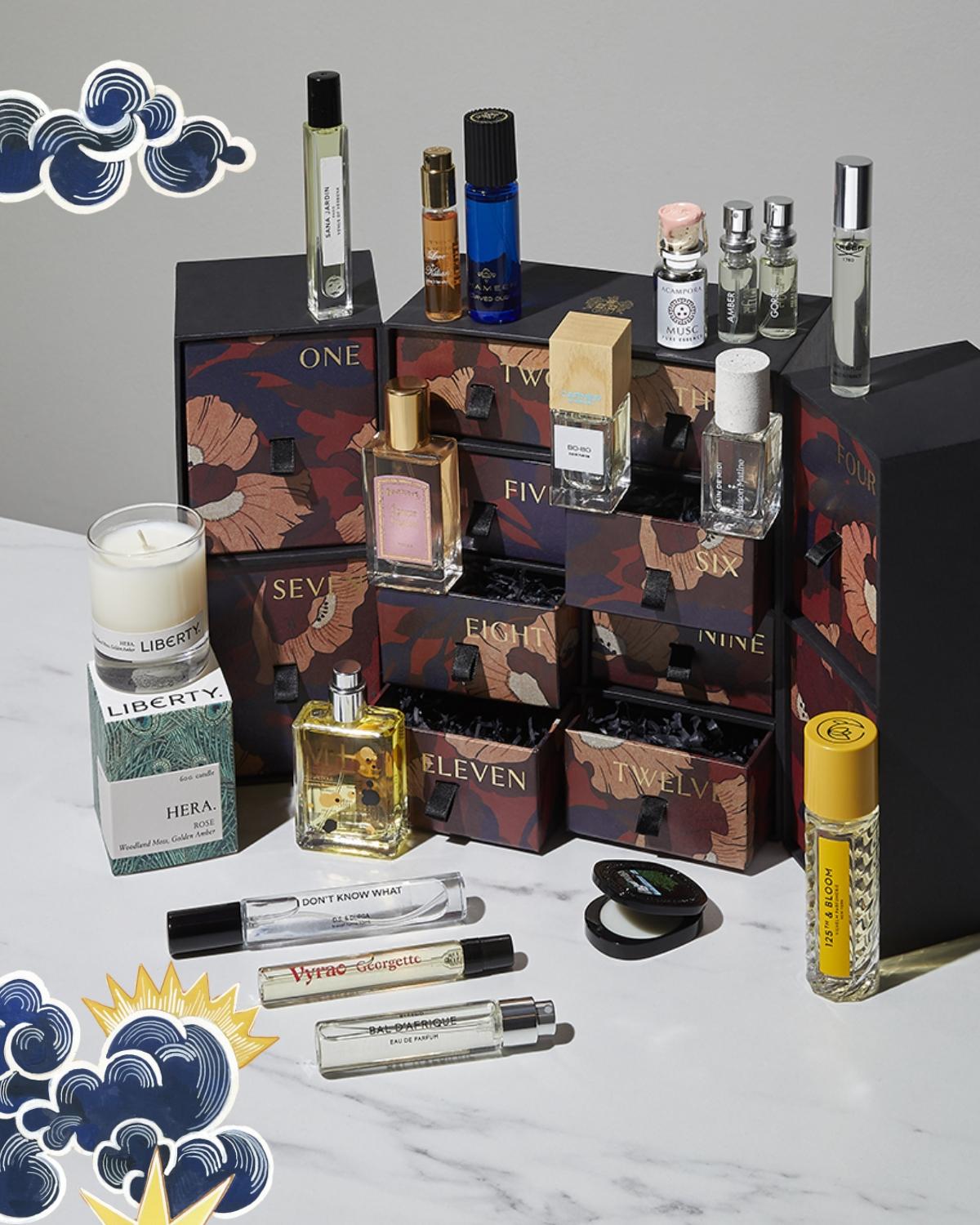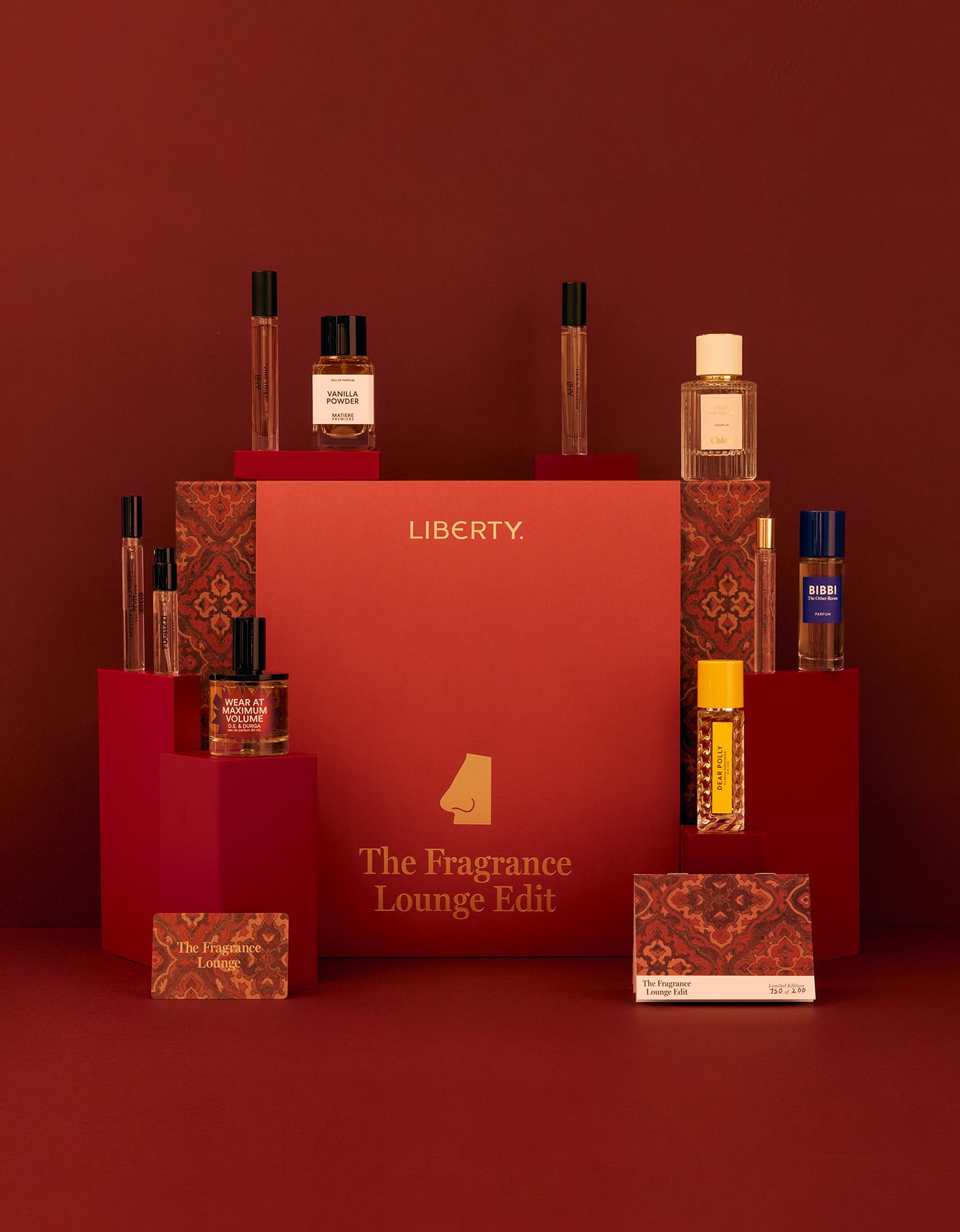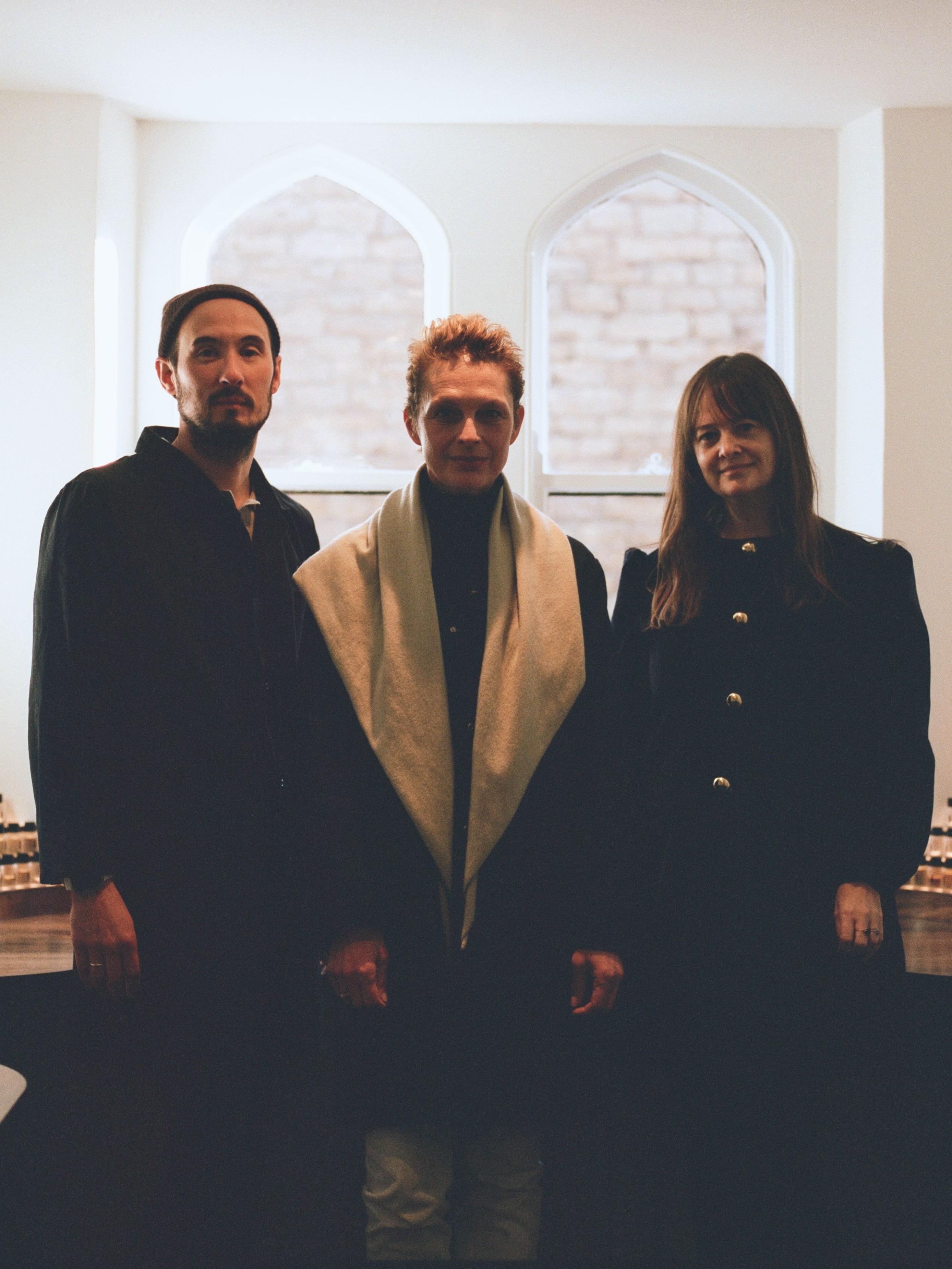Inspired by LBTY: Zephirine by Andrea Zanatelli
Reveal the stories and inspirations that guided the Italian artist in his darkly romantic expression of our decadent Liberty LBTY. Fragrance
Read more
Inspired by LBTY: Zephirine by Andrea Zanatelli
Reveal the stories and inspirations that guided the Italian artist in his darkly romantic expression of our decadent Liberty LBTY. Fragrance
A deep-rooted passion for artistic expression lies at the heart of Liberty, from the Tudor foundations of our store upwards and outwards. The exquisite world of Liberty’s LBTY. Fragrance is no exception, guided by a passion for creativity and collaboration, celebrating history and heritage with an eye to the future.
And what better way to explore the intricacies of the Liberty LBTY. Fragrance collection than by continuing our close collaboration with the creative world? This year, we’re tasking a series of contemporary creatives with reimagining each Liberty LBTY. Fragrance through their unique artistic media as part of our Inspired by LBTY. series.
The first to take up our challenge is Italian artist Andrea Zanatelli, who transformed the luscious, decadent Liberty LBTY. Fragrance Zephirine, £225, into an entrancing digital collage, entitled “The Hundred Leaved Rose” or ‘’A floral fantasy in an old English garden’’.
Zanatelli’s distinctively romantic, poetic style of digital collage is instantly recognisable and has drawn the attention of numerous admirers, including the likes of Florence Welch and Courtney Love, both of whom have collaborated with Zanatelli.
With a sensibility that speaks to both old and new, Zanatelli cites the Arts and Crafts Movement and romantic poetry among his influences, with a collage of inspirations ranging as widely from the Pre-Raphaelite movement to the musician PJ Harvey. Liberty sat down with Zanatelli at his Milanese studio, to explore the inspirations behind his creation.
MEET THE ARTIST: ANDREA ZANATELLI
How did you discover your talent and passion for digital collages?
I have been creating my own artworks since I started art school. Over the years, I refined my techniques and aesthetics, creating more intricate and detailed works and reaching today's results.
Where do you find inspiration?
There are many references to past times and eras in my works, but there are definitely artistic movements and periods that recur frequently as an inspiration. From eternal references to the Arts and Crafts Movement, and the Pre-Raphaelites, through to the Victorian era and most recently the aesthetics of the Fin de Siècle period (1890-1910).
There are also some influential figures in the arts world of the late 19th and early 20th century who are recurrent sources for my inspiration, including Sarah Bernhardt, May Morris, Ann Macbeth, Dante Gabriel Rossetti, and Isadora Duncan to name only a few. Music and cinema also have a strong influence on my work. Movie favourites are definitely Picnic at Hanging Rock by Peter Weir, Suspiria by Daria Nicolodi and Dario Argento, The Red Shoes by Michael Powell and Emeric Pressburger. For music, Vashti Bunyan, Molly Drake and her son Nick Drake, as well as Florence Welch, PJ Harvey and Nick Cave play an equally influential and inspiring role. The esoteric world is also often a source of inspiration.
Liberty LBTY. Fragrance Zephirine
The Hundred Leaved Rose or A floral fantasy in an old English garden by Andrea Zanatelli
Tell us about the creative process behind this artwork. How did you bring Zephirine to life?
The artwork is inspired by Liberty's eclectic and rich aesthetic, the Arts and Crafts movement and the Pre-Raphaelites.
Zephirine's ingredients play an important role in the inspiration for the work: the protagonist of the artwork is la Rosa Centifolia, 'the queen of flowers', particularly appreciated and celebrated in the Victorian era. Amber also plays a key role, where the living flower cries amber tears and stands out against a warm and gold rising sun.
The Gothic arch that frames the work is deliberately evocative of the iconic Tudor Revival style of Liberty’s flagship and the background is an adaptation of Walter Crane's Peacock Garden wallpaper design of 1889.
Do your artworks evolve as you go, or does the finish piece look how you imagined at the start?
Very often when I start an artwork it is already visually ready in my mind. It certainly evolves and changes according to my research, the mood I am in or the influences I have in mind, but it rarely changes radically from the initial idea. It is more likely that in the process the artwork refines and becomes more detailed compared to the initial image.
What materials did you use for this artwork?
I used archive materials ranging from antique embroideries from the 1600s to the early 1900s.
Can you tell us about the meaning behind the name of the artwork?
The original name of the artwork was "The Last Living Rose" and was taken from the PJ Harvey song from the album Let England Shake. But at the end I changed the title of the artwork to "The Hundred Leaved Rose" or "A floral fantasy in an old English garden", as both titles take their inspiration from elements featured within the imagery and from the world of the artwork.
You’ve said you are inspired by the Arts and Crafts movement and William Morris, so what did it mean to you to be asked to collaborate with Liberty?
It means the world to me. Liberty is a true institution for me, and it's a real honour to be able to collaborate with a place that artistically and aesthetically influenced the early 20th century period and gave – and is still giving – a platform and a voice to so many artists.
Can you put into words what it is you most love about Liberty?
The aesthetic, its past, its history, and the strength to bring these aspects into the contemporary world while respecting its heritage.
Poetry has been a key influence for your work, which poets particularly inspire you?
There is always one recurring name in poetry that inspires my work and that is William Blake. Often his poems act as an inspiration in terms of atmosphere, or his words become an integral part of my artworks.
You’ve collaborated with some of the biggest names in music, how does collaborating with Liberty differ from those experiences?
It is not so different from my previous collaborations with Courtney Love and Florence Welch. I loved working with these two artists who have very clear, recognisable codes and an aesthetic that is very close to me. I cherish that dearly. Florence holds a special spot in my heart, as I feel our aesthetics and worlds are so very close. I truly do believe we are kindred spirits.
With Liberty I have the same feeling, so I accepted this collaboration very willingly as I perceive Liberty as a strong identity and an all-embracing concept that fits with my ideals and my aesthetic at its best.
How does this fragrance make you feel, or what does it make you think of?
It reminds me of a lush, rich and deciduous garden.
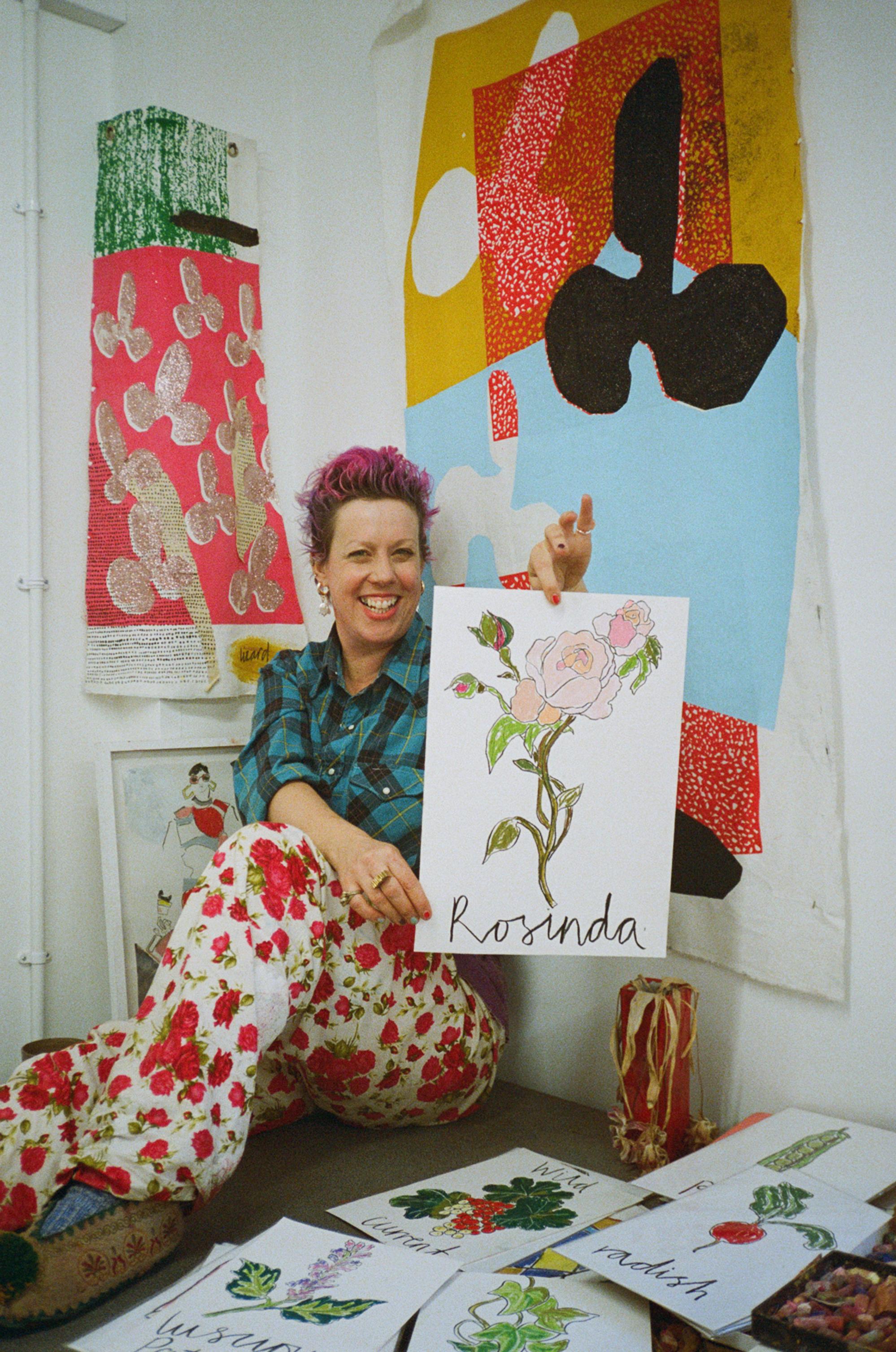
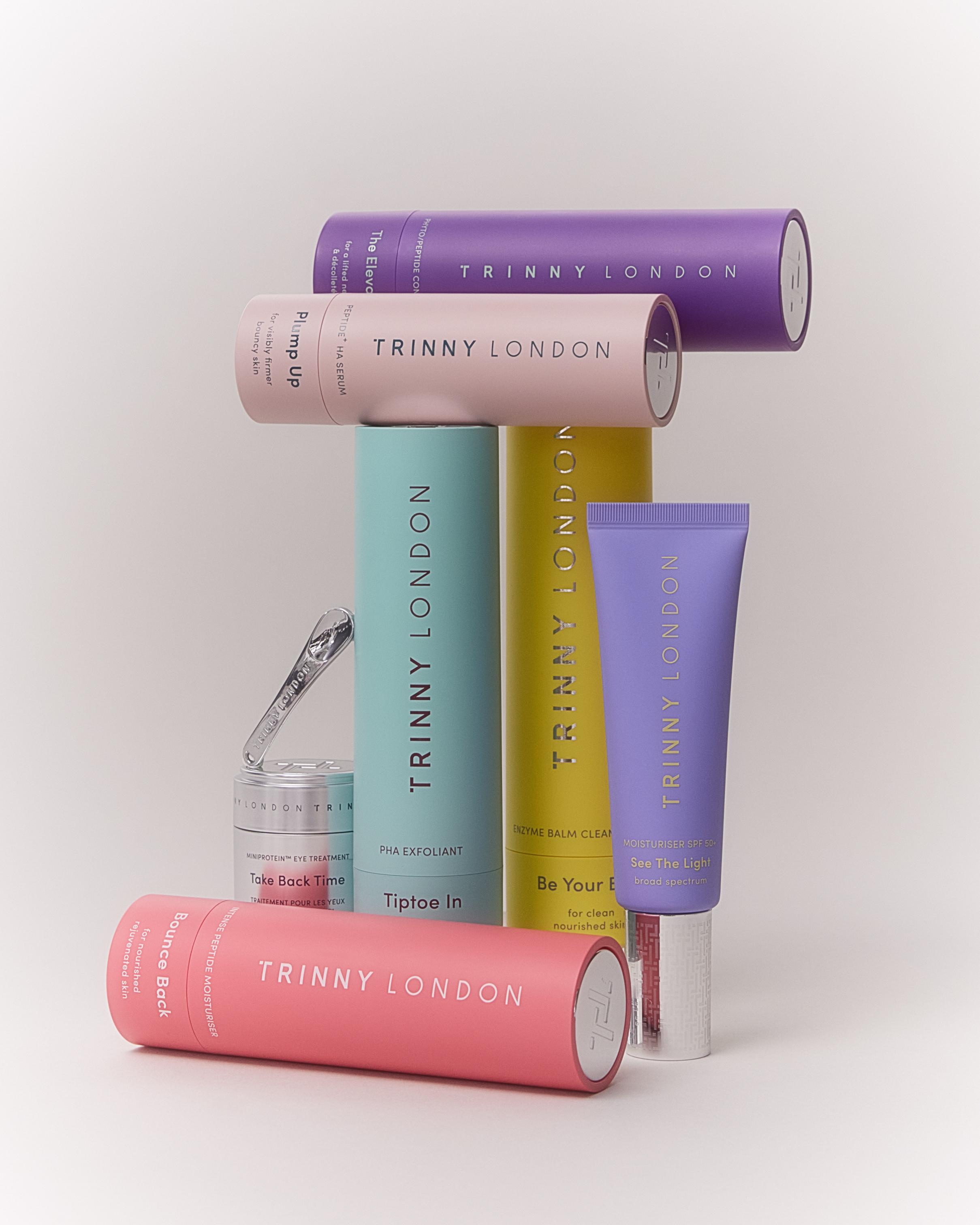
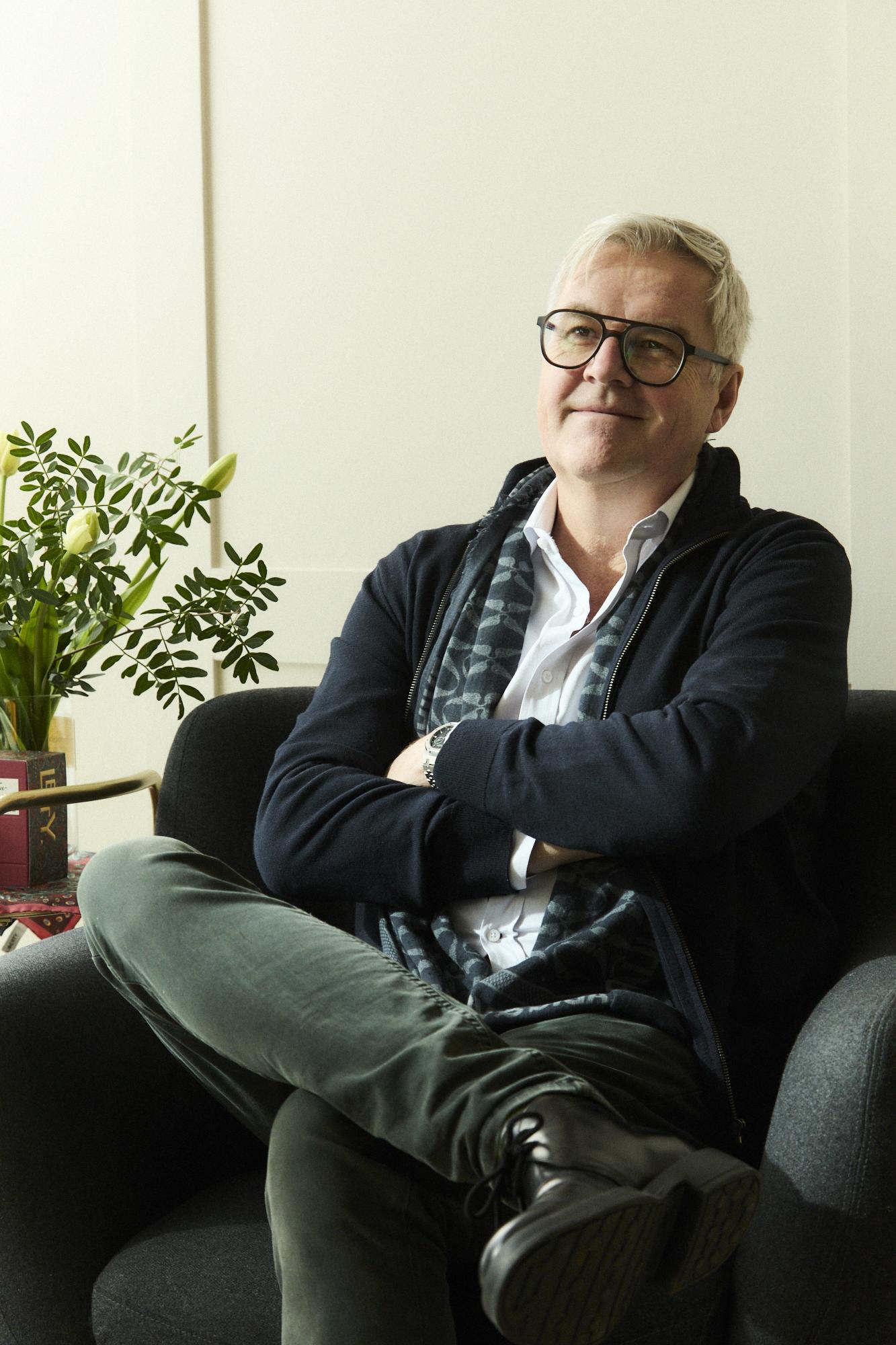
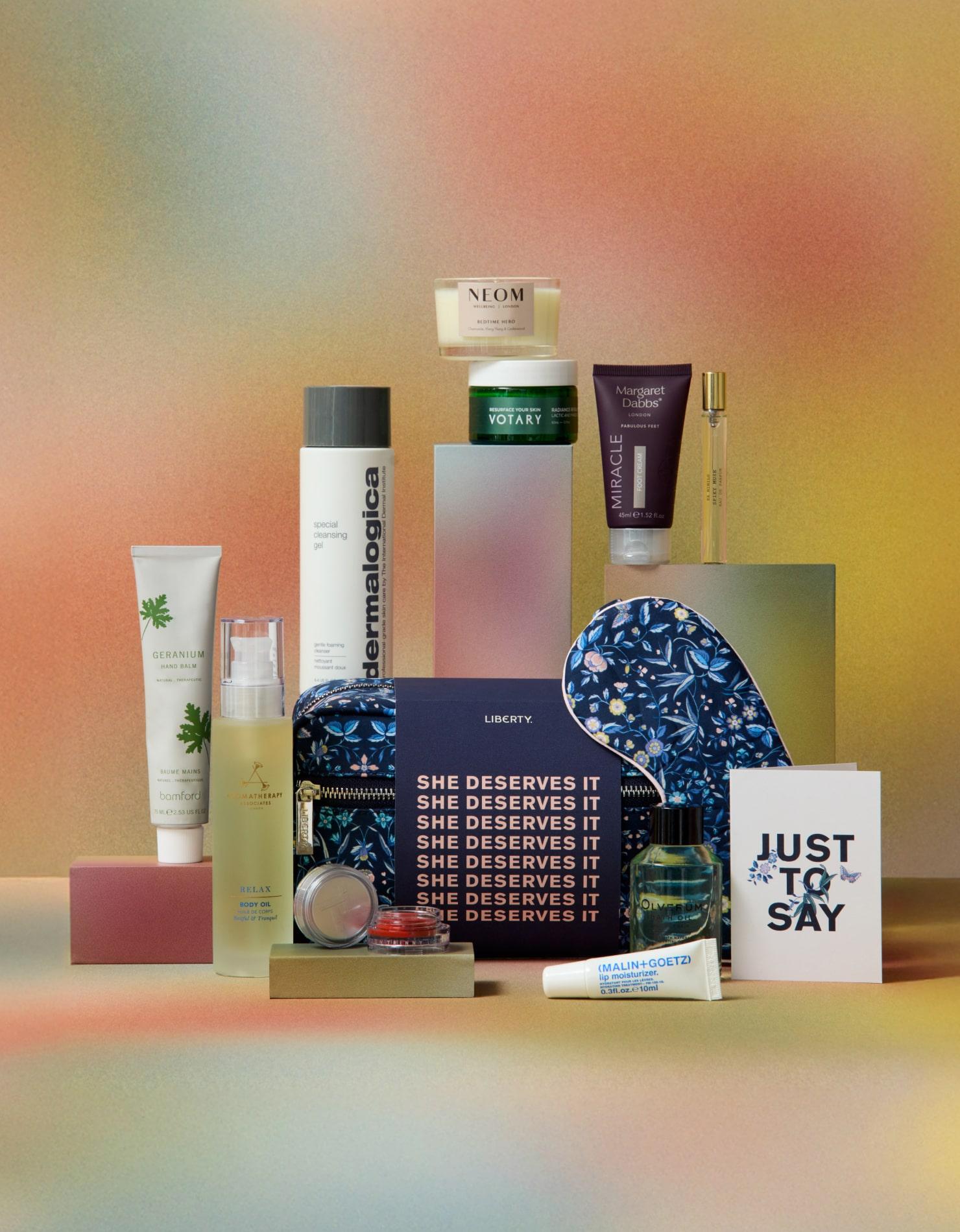
?fmt=auto&qlt=default)
